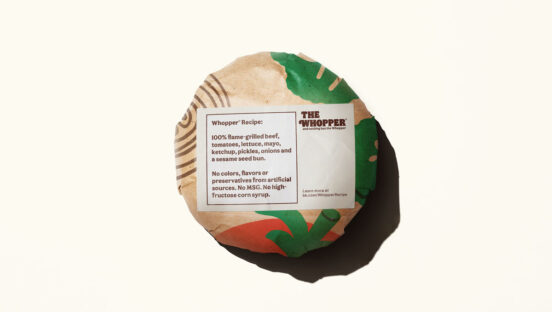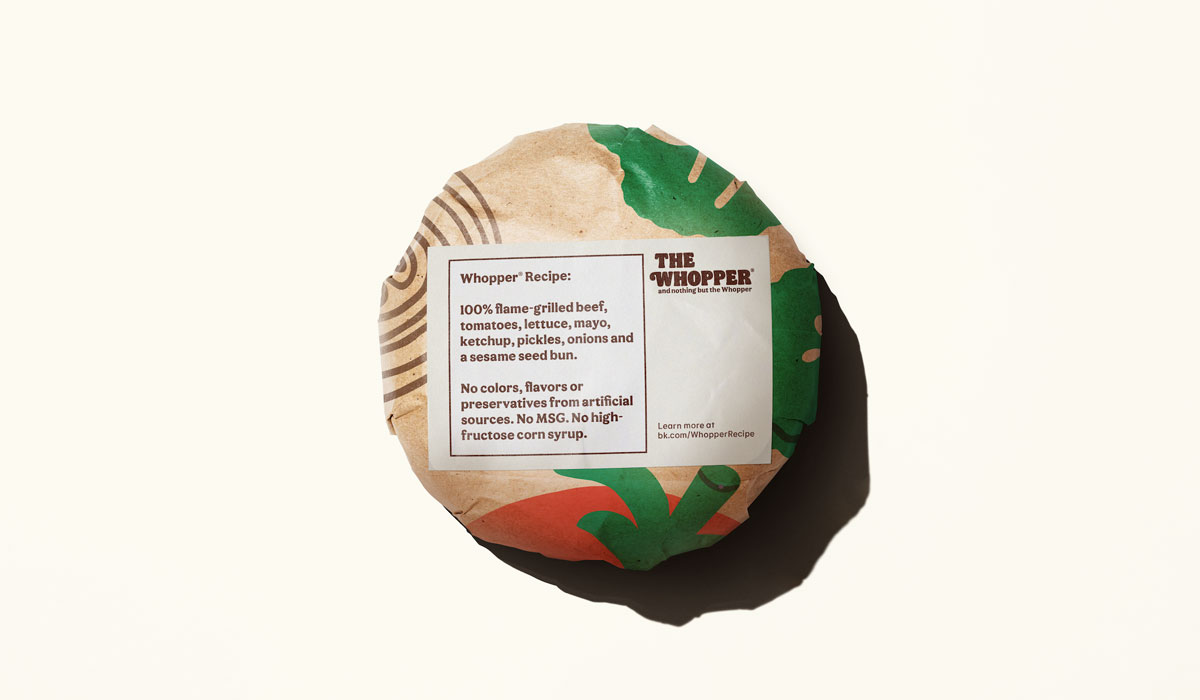There are several components to a franchisor-franchisee relationship, but RBI chairman Patrick Doyle described it in the simplest of terms—operators are the customer. The company sells a business model and works to increase the average profitability while the franchisees aim to be better than average.
Doyle said the core to making it all harmonious is ensuring RBI has operators who believe in the vision. The executive said the “vast majority” are enthusiastic franchisees dedicated to long-term success. But that also implies there’s a segment—however small—that’s not exactly hearing the message.
“There will always be a minority who aren’t dedicated enthusiastic operators, and that’s OK,” Doyle said during RBI’s Q1 earnings call. “We’ll work with them to leave the system and move on to do something else. There simply is no room for franchisees who are not willing or able to work hard to operate restaurants that are better than the system average over the long term. But we’re talking about a small number here in these instances. We’re working to find partners who are all in.”
Burger King is currently weeding out these less-than-stellar operators. The chain historically shutters around 200 U.S. restaurants per year, but in 2023, that’s expected to be in the 300-400 range. CEO Josh Kobza cautioned “a fair degree of uncertainty” around the exact number, and that it will depend on the brand’s pace of recovery. Most of these closed units will be low volume, with some sales recapture. RBI believes the impact on systemwide sales will be lower than the reduction in restaurant count.
This year alone, two major franchisees—Meridian Restaurants Unlimited and TOMS King—declared bankruptcy. Both companies attributed their downfall to decreased traffic and revenue without proportionate drops in liabilities. In addition, EYM King of Michigan filed a WARN notice stating it was closing 26 restaurants across the state after allegedly not paying royalties, advertising, and other fees.
The ultimate goal is to fill the system with higher-performing restaurateurs who take an owner-and-operator mentality, set culture, visit restaurants regularly, get to know employees and customers, and are hands-on, whether it’s one or 100 stores. Average four-wall EBITDA of “A” Burger King operators was over 65 percent higher than the system average last year. This trend continued into the first quarter. Additionally, Kobza noted that typically, taking 1 percent price equals a 0.4 percent dip in traffic, but “A” and “B” franchisees see significantly higher flow-through rates because guests are willing to pay for better experiences.
READ MORE:
How Burger King’s New Jingle Captured America’s Attention
Patrick Doyle Brings His Turnaround Magic to Burger King
Burger King’s $400 Million Comeback Takes Shape
To encourage more franchisees to reach this level, the chain is now only letting “A” and “B” operators build new restaurants or acquire existing ones. There’s also an emphasis on keeping portfolios to fewer than 50 units, geographically contiguous restaurants, and local ownership. Burger King has seen “healthy growth” in its “A” and “B” operator levels since the rollout of a franchise success system and targeted training sessions. Kobza said most franchisees fall into these upper categories, and the ideal scenario would be to reach “nearly all.”
“The Burger King team is having direct conversations with our franchisees about the transformative business results that are possible through strong operations and delivering a great guest and team member experience,” Kobza said. “Most of our franchisees are embracing these points and are working closely with us to drive execution in their restaurants.”
The CEO said Burger King is willing to step in and purchase underperforming restaurants until a better operator is found. In fact, the company acquired 17 shops from TOMS King.
“We want our restaurants run by people who are going to run them incredibly well,” Doyle said. “And if we’ve got to step in and use our balance sheet or run a few restaurants for a while to make sure that they are ultimately winding up in the right hands, we’re willing to do that, but there are no shortcuts to us on how you’re running the business. We are focused on doing everything right around the BK business and that includes getting the restaurants into the right hands.”
The brand ended Q1 with 18,911 stores systemwide, including 6,964 in the U.S. and 11,947 internationally. The chain lost a net of 124 domestic stores year-over-year, while adding a net of 589 locations outside the country.
Burger King U.S. same-store sales increased 8.7 percent in the first quarter, lapping a 0.5 percent drop in 2022. Topline performance was fueled by the Whopper, value initiatives like the $5 Your Way Meal, more than 30 percent growth in digital sales, and strategic pricing. Traffic was modestly negative year-over-year, but it did grow compared to Q4.
During most weeks since January, Burger King has seen positive week-over-week traffic growth, according to Placer.ai. In Q1, the chain spent roughly $7 million of its $150 million Fuel to Flame advertising and digital investment. At the same time, Burger King has been applying improvements to creative messaging and ad testing that have helped amplify share of voice and recognition with customers.
The company also used $7 million of its $250 million Royal Reset Program. Of that $250 million, $50 million is designated toward technology, like digital menu boards, POS systems, and printers. This is matched dollar for dollar by participating franchisees who are investing in upgraded kitchen equipment, such as toasters, fryers, parking lot repairs, and lighting. Burger King expects to reach more than 4,000 restaurants with this investment and realize benefits starting in the second half of 2023.
The remaining $200 million portion is for remodels. Burger King is prioritizing higher-quality remodels with strong operators to achieve the best possible returns. The company said this process will pick up in the latter part of the year and be heavier in 2024.
“We need to see more and more of the Burger Kings that when you drive down every street in America, they need to be modern, they need to be appealing, and they need to be competitive,” Kobza said. “And I think that’s one of the most important things that we need to drive here over the next few years.”
Elsewhere at RBI, Tim Hortons continues to lead growth, with its Canada comps increasing 15.5 percent in Q1, on top of 10.1 percent in 2022. The quarter was driven by better traffic, thanks to customer mobility, calendar initiatives, and strengthened core offerings. The chain increased first-quarter sales in its afternoon dayparts by 23 percent year-over-year, including 17 percent and 13 percent growth during the lunch and snack categories, respectively. Digital sales mixed more than 33 percent. Tim Hortons had 5,620 shops systemwide at the end of Q1, including 3,882 in Canada and 1,738 in the rest of the world.
Popeyes U.S. same-store sales lifted 3.4 percent in Q1, lapping a 4.6 percent decline last year. In 2022 more than 70 percent of openings had at least one drive-thru and were either with top-tier existing franchisees or new franchisees. Popeyes finished Q1 with 4,178 stores globally—2,947 in the U.S. and 1,231 internationally.
Firehouse Subs saw comps increase 6.1 percent. Digital represented more than 35 percent of systemwide sales. The chain recently launched a revamped app in Canada, including a new look that provides a better user experience and allows the company to offer a more personalized experience. RBI is in the process of applying the same updates to the U.S. app. Firehouse Subs concluded Q1 with 1,247 units systemwide, with 1,174 in the U.S. and 73 internationally.












